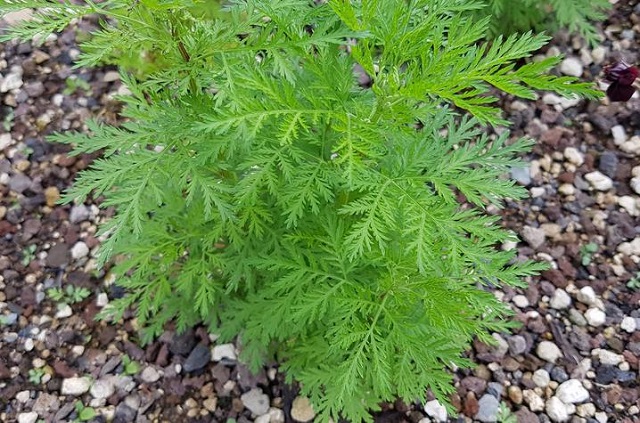
Kampala, Uganda | THE INDEPENDENT | National Drug Authority (NDA) has cautioned against the use of non-pharmaceutical forms of the Artemisia plant to treat malaria even though widely used antimalarial drugs like coartem are derived from the plant.
While people continue to use herbal concoctions vended around busy Kampala streets as remedies for malaria, Michael Mutyaba, the head of the herbal medicine department at NDA says that the agency has not assessed or approved any herb for the treatment of Malaria.
According to him, NDA regulates all commercialized herbal products and that samples of the medicine are tested at either the National Chemotherapeutic Research Institute, Mbarara University or Gulu University to ensure that they pass the requirements of the vital chemical analysis.
“With the vital chemical analysis we try to establish whether the herb has those active components that can cure the disease,” he said, adding that although more than 120 herbal medicines have been approved for other ailments, no malaria herb has been submitted for such tests.
Mutyaba’s revelation comes after the World Health Organisation (WHO) issued a technical document at the beginning of this month warning against the non-pharmaceutical use of Artemisia for the treatment of malaria.
According to WHO, while Artemisinin-based Combination Therapies (ACTs) that are recommended for malaria treatment are made out of the plant, turning them into medicine that’s effective in curing malaria requires critical procedures that can’t be fulfilled by a lay man as stability of malaria curing component in the plant is affected by the humidity and temperature of where it’s stored and planted.
‘While the idea of home-grown or small-scale cultivation of Artemisia as a source of malaria treatment is compelling, the practices and procedures needed to ensure that the materials used have the expected content are difficult to establish and maintain. These practices are generally not possible to implement in the context of small-scale cultivation”, reads the document in part.
The craze to grow the plant in Uganda came in the early 2000s when quinine was being phased out after WHO cleared ACTs as the most effective treatments. some farmers started growing the plant on a large scale in some parts of western Uganda.
Now, Mutyaba says the challenge is that NDA cannot regulate the use of the plant since its mandate doesn’t extend to herbal medicines that are made at home and for home use but warns the public that improper use can have adverse effects.
******
URN
 The Independent Uganda: You get the Truth we Pay the Price
The Independent Uganda: You get the Truth we Pay the Price



